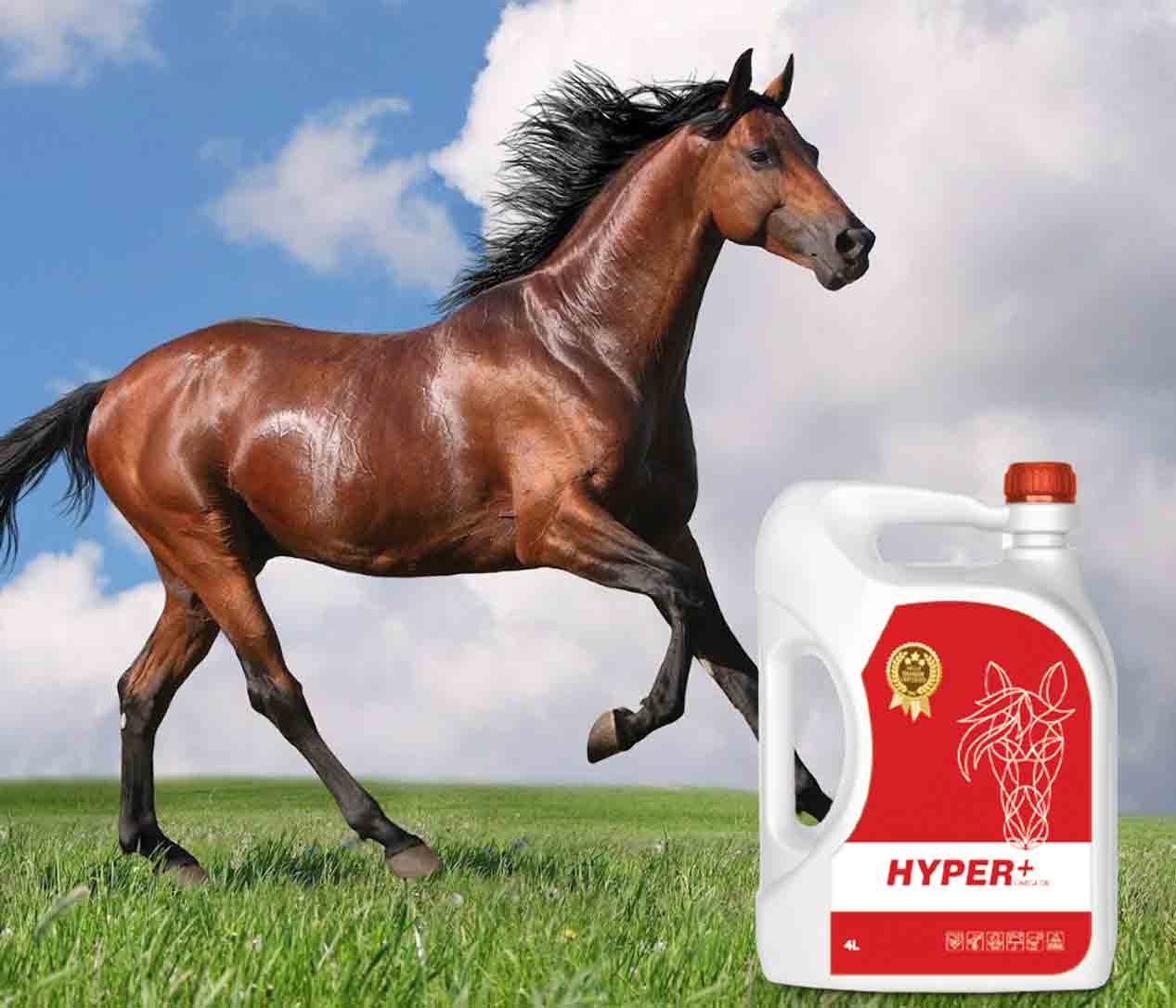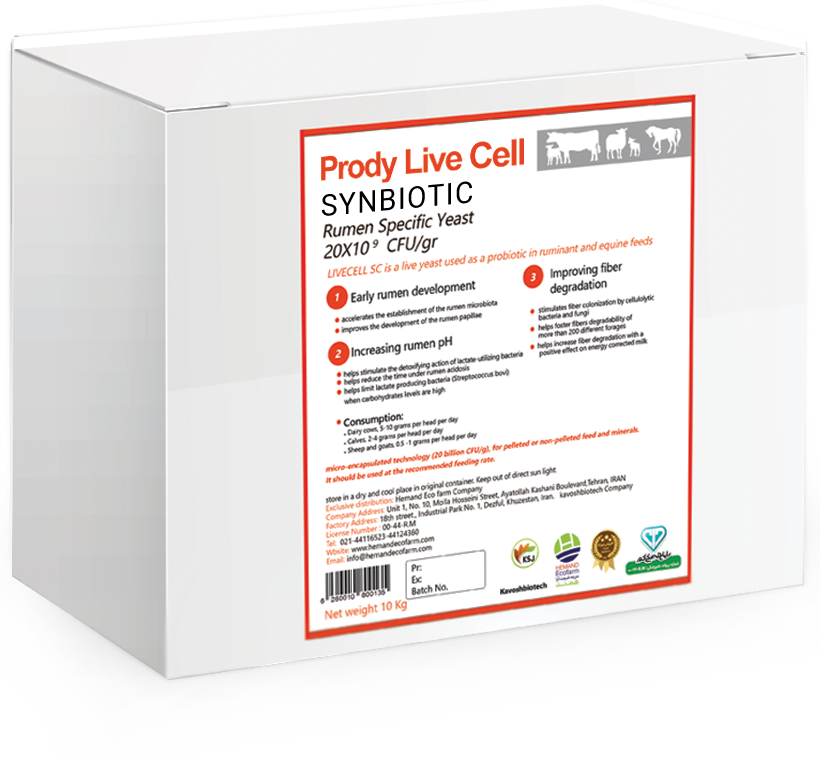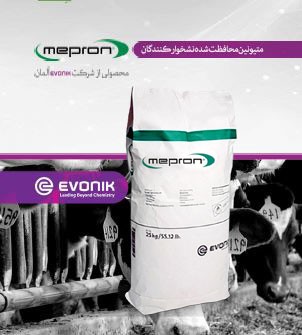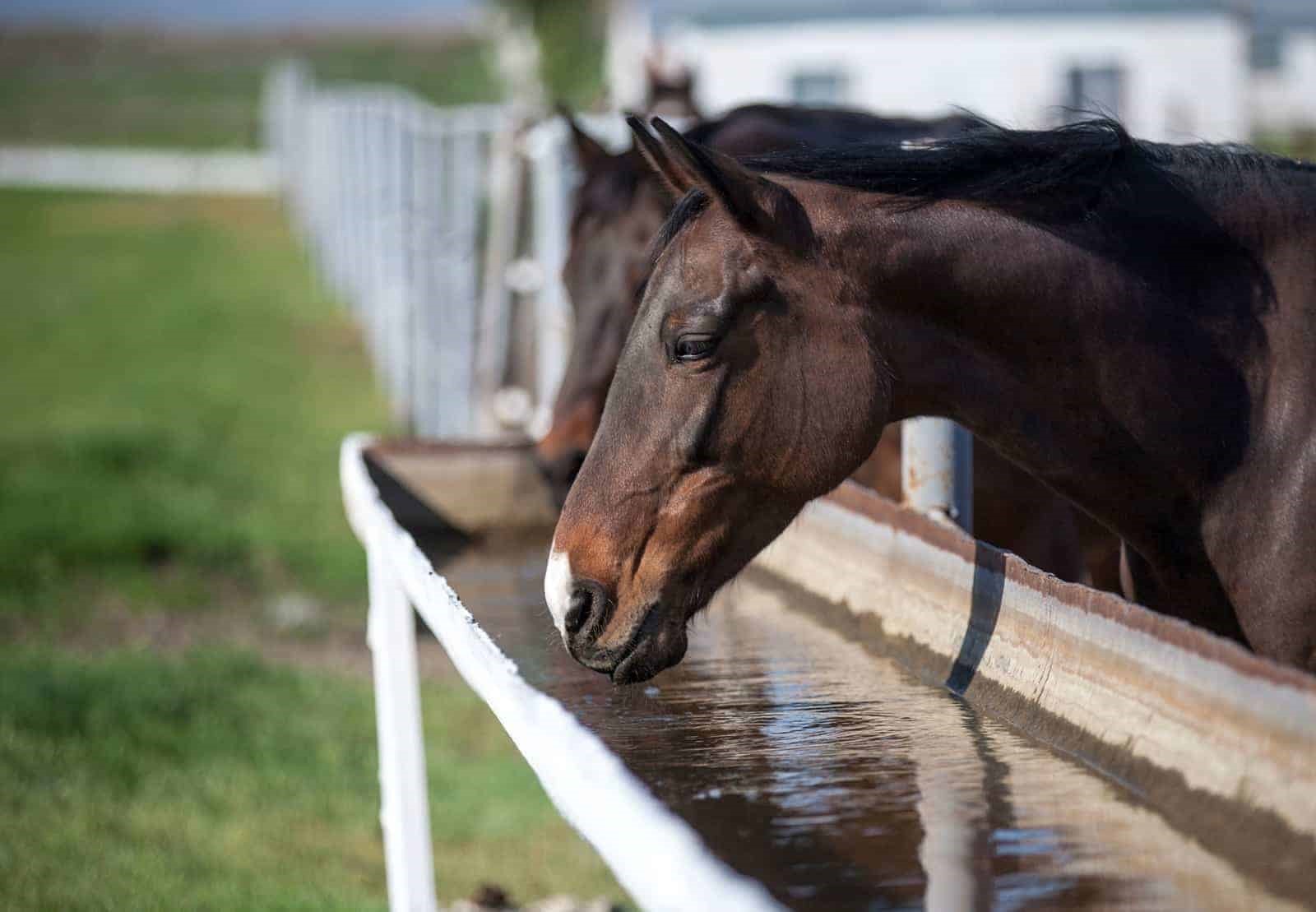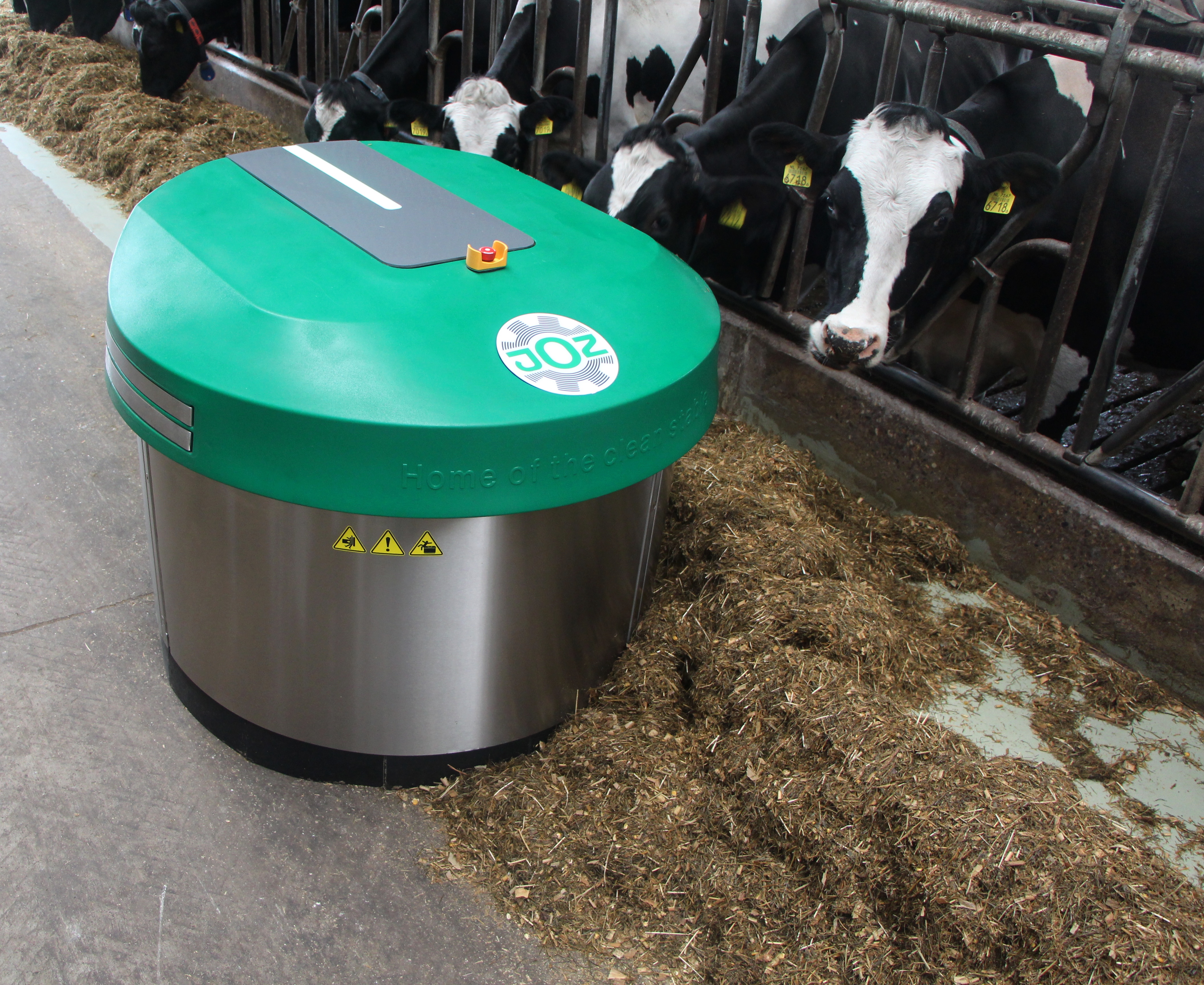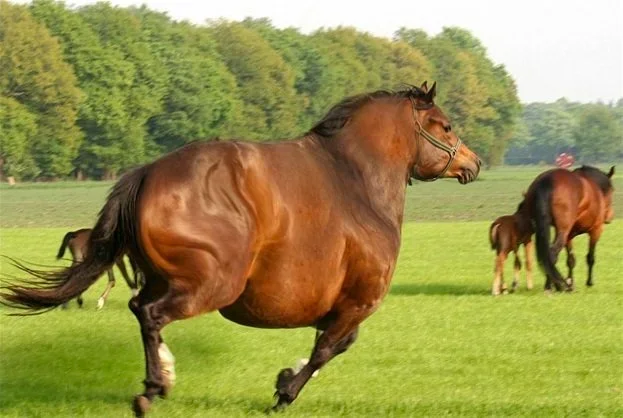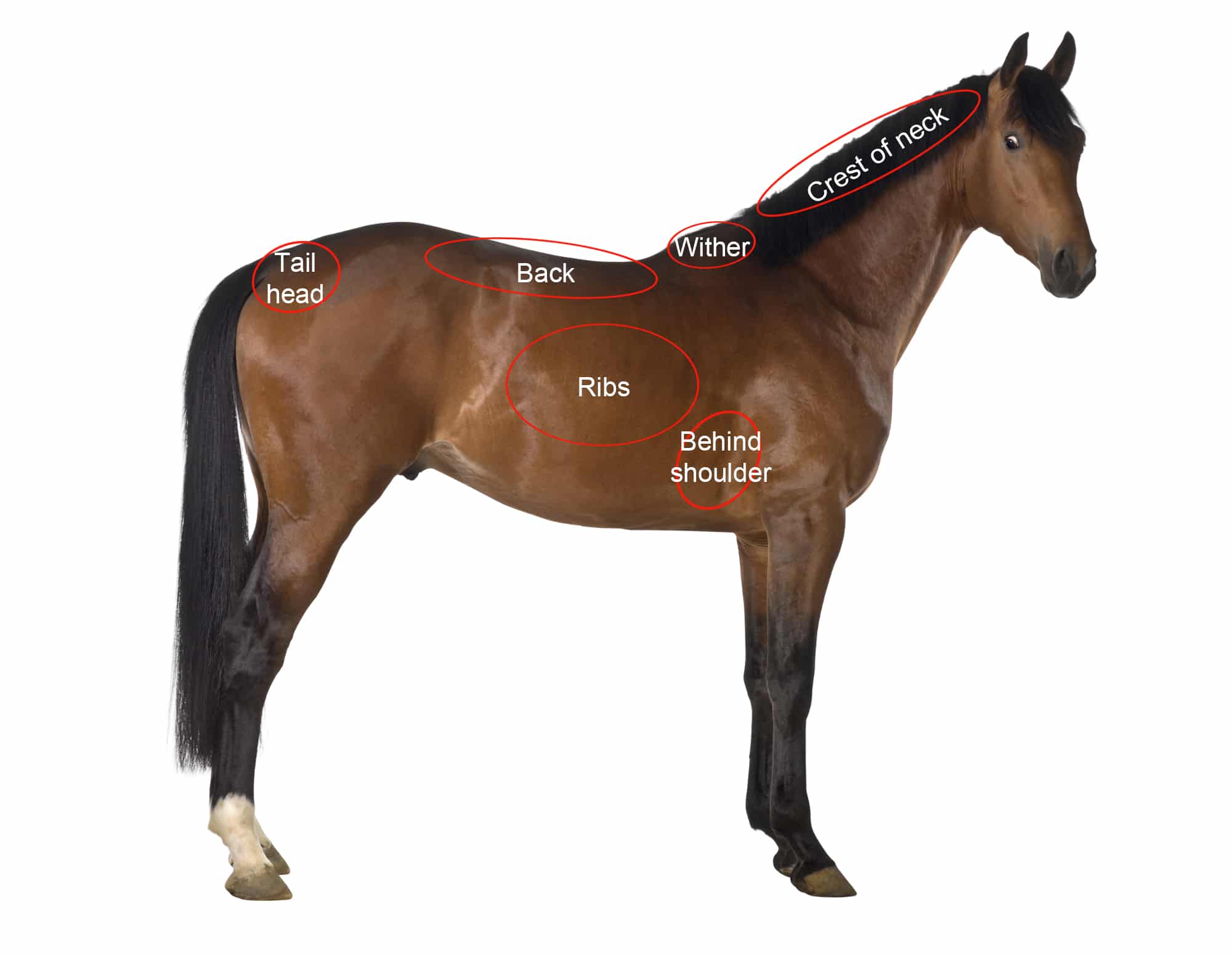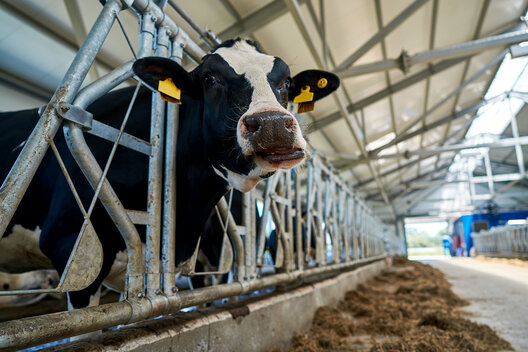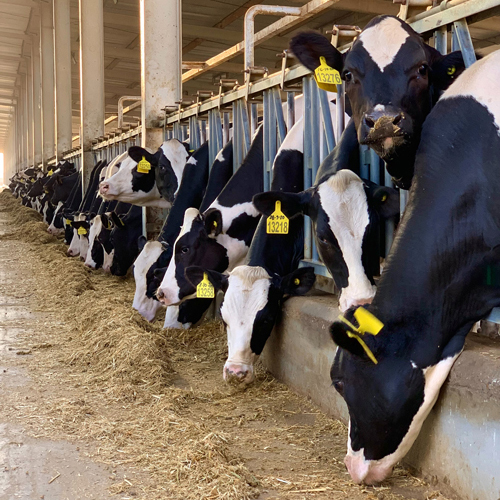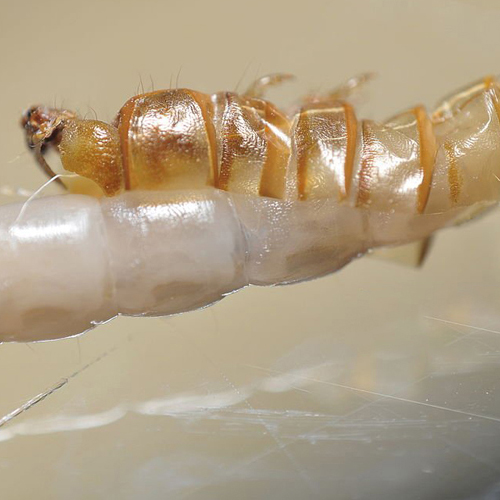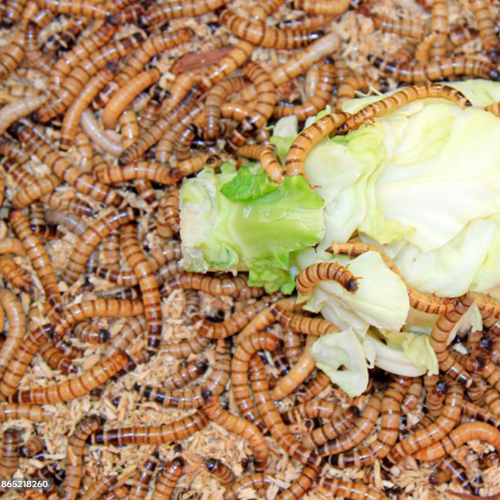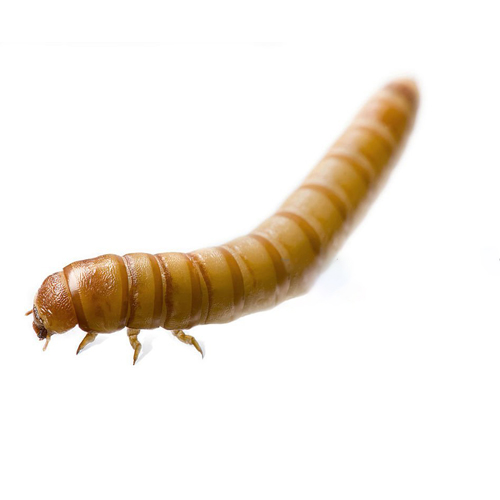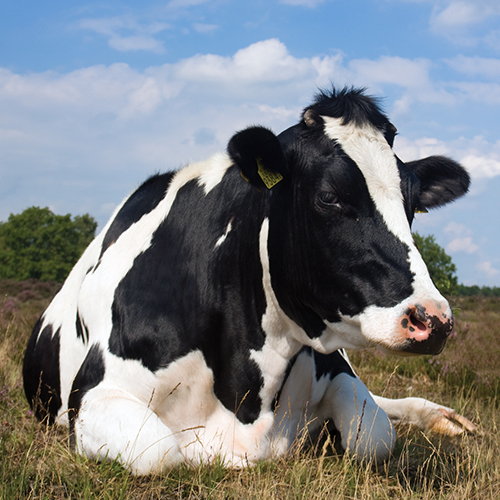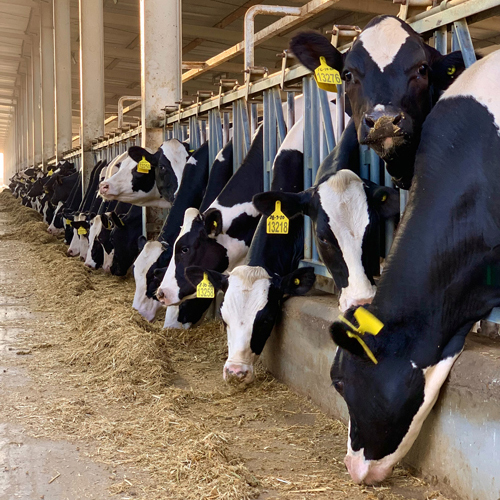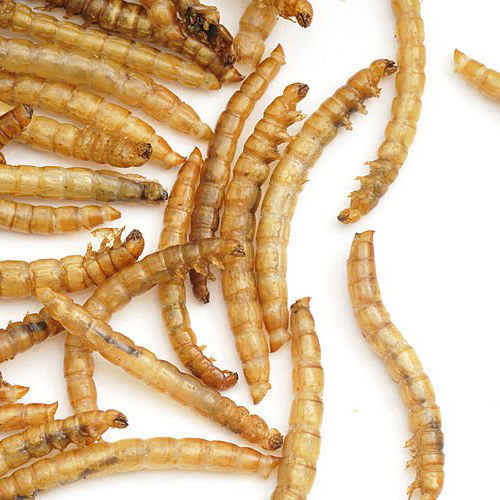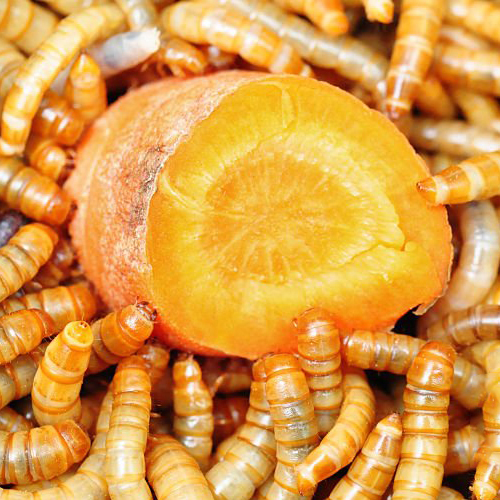Effect of Live Yeast on Milk Production and Rumen Health in Dairy Cows
Live yeast, usually a strain of Saccharomyces cerevisiae, is a type of feed additive that is commonly added to dairy cow diets to improve digestive performance, particularly in the rumen. These yeasts help enhance the environment in the rumen by removing oxygen, which in turn promotes the growth of beneficial anaerobic bacteria. As a result, cows are able to digest their feed more efficiently, especially fibrous components, leading to better nutrient absorption and energy availability



